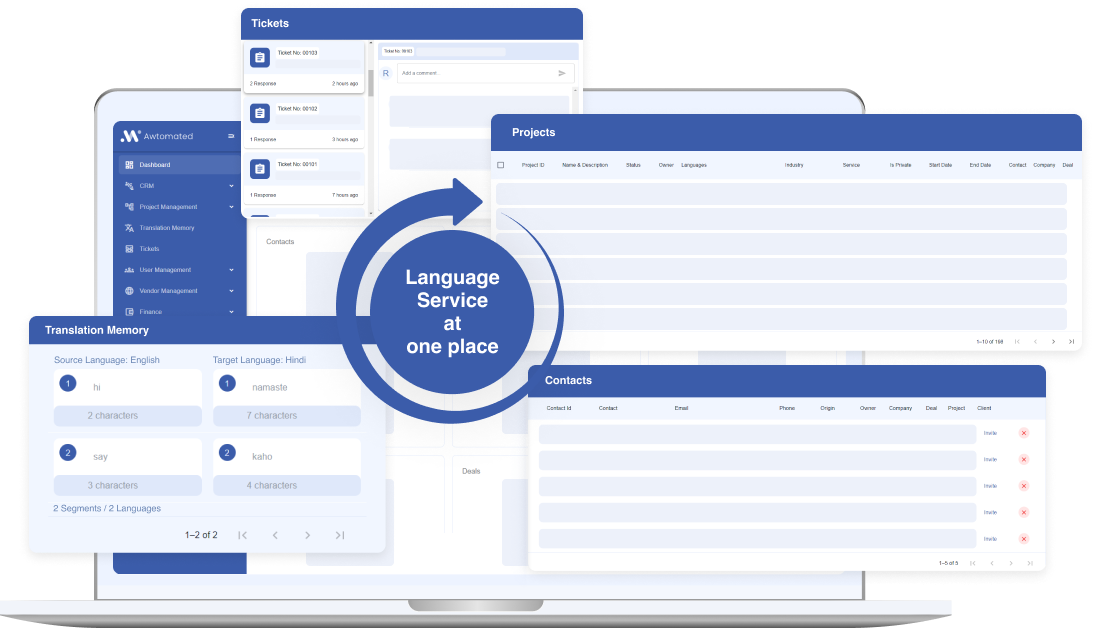How do machine translation and translation memory differ from one another?
Both Translation Memory and Machine Translation produce translated texts, and their acronyms are identical, which might need to be clarified. But they come from two very different places.
A machine translation produces a text without any human input, whereas a Translation Memory is built over time by translators adding fresh content to the database. It only uses standard automation.
The question of quantity vs. quality often arises with machine translation. MT can quickly process large quantities of text. However, the output quality can occasionally be in doubt because machines do not have the same sense of language as people do. Because of this, using machine translation without post-editing by human translators is not an option.



